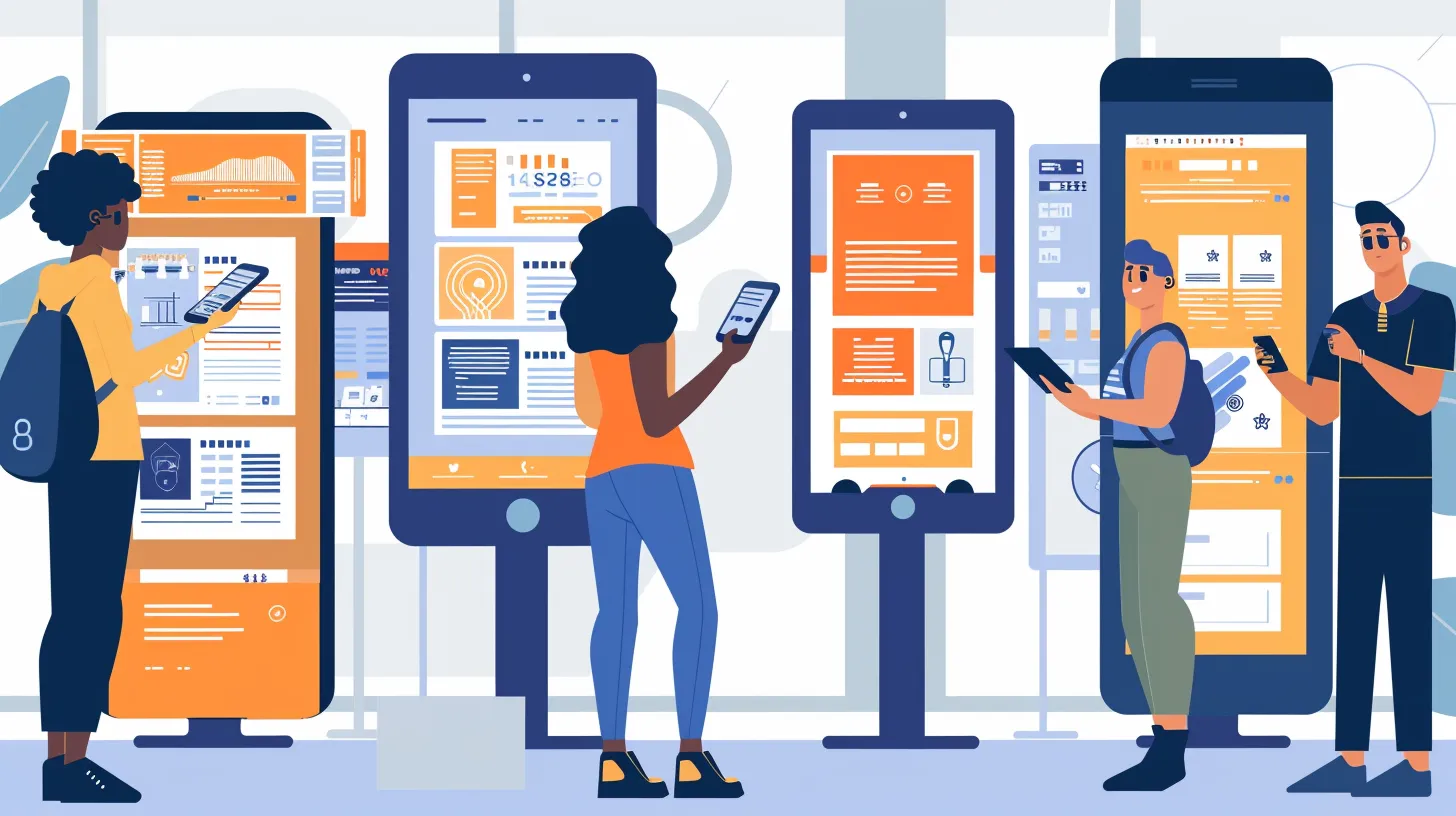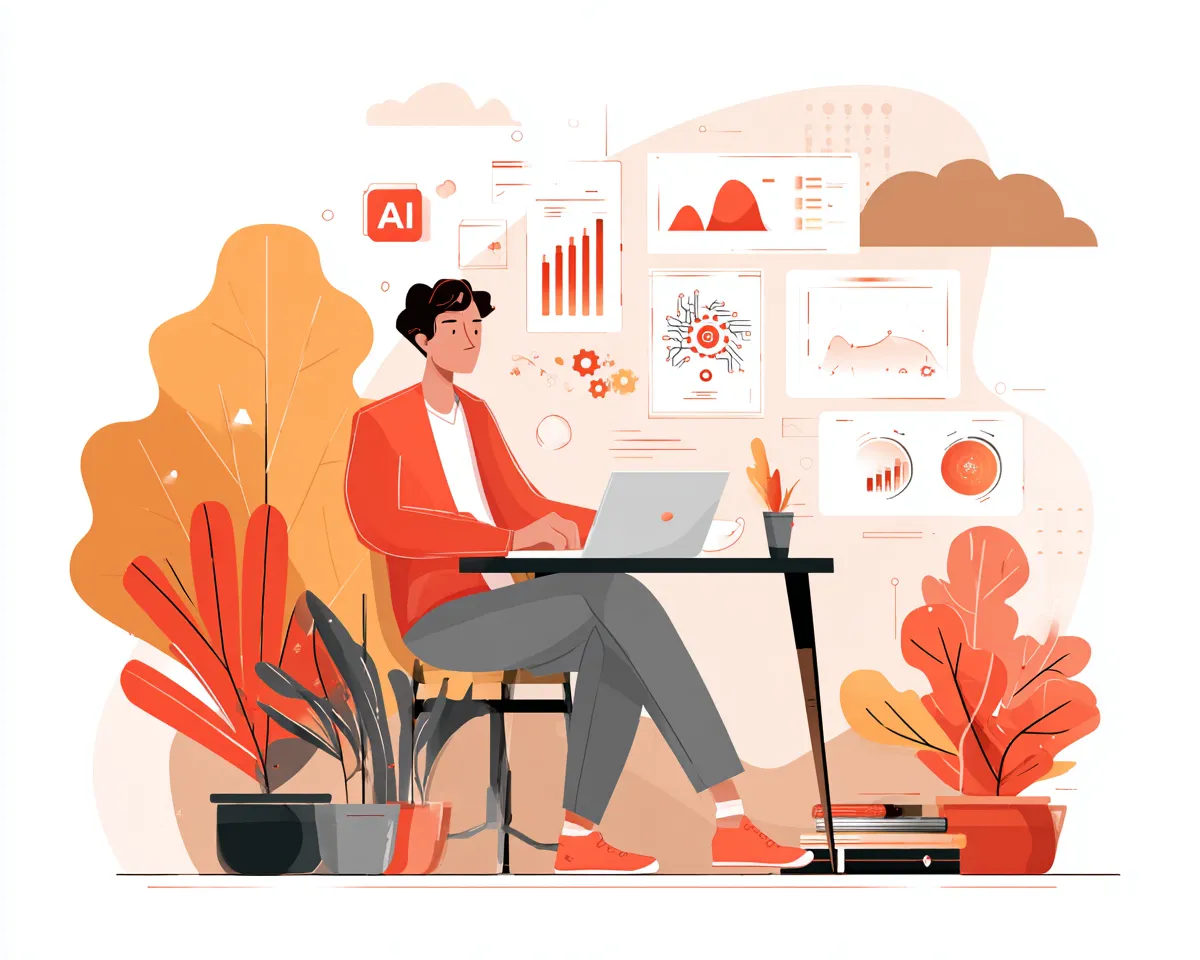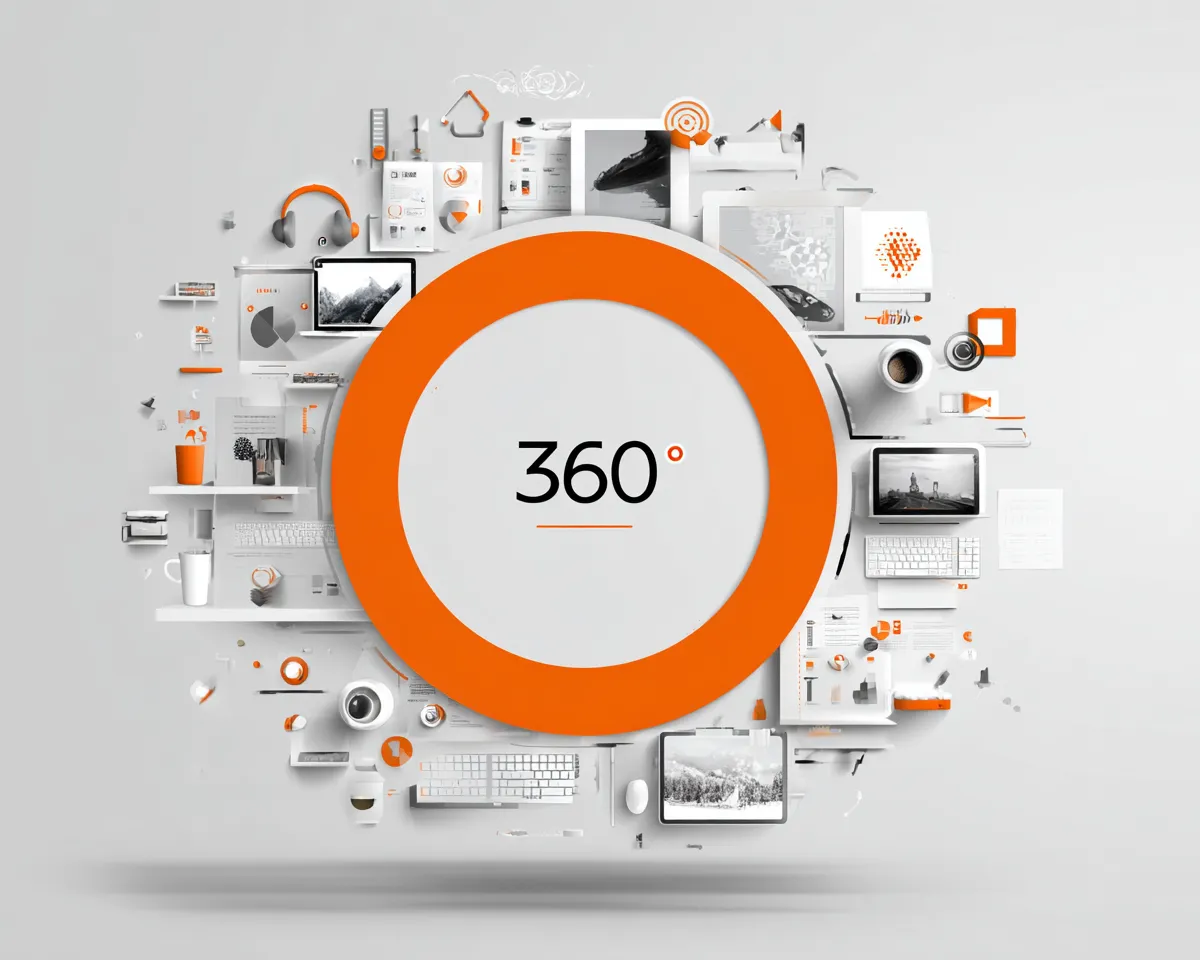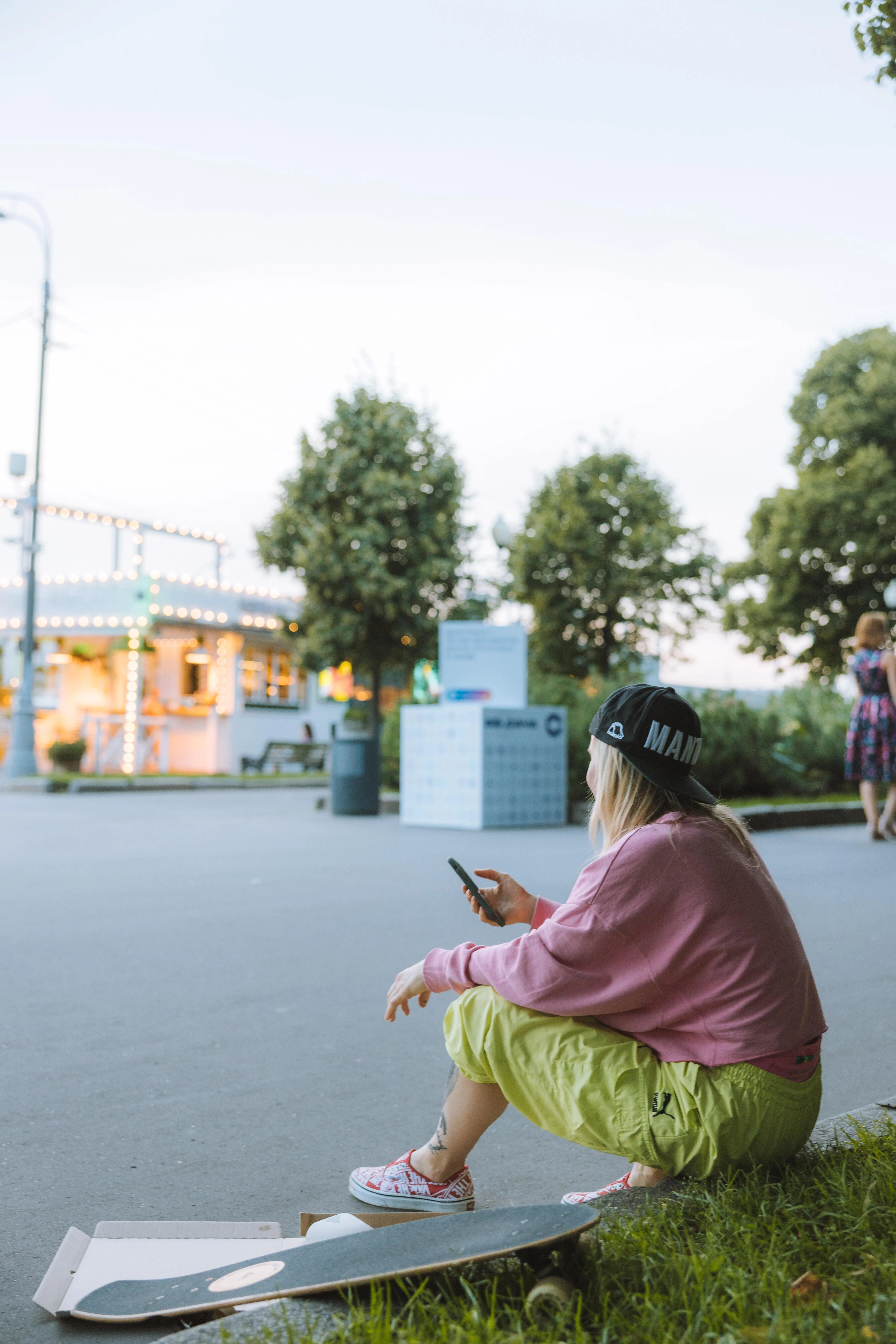Accessibility in advertising? Sounds like a topic for authorities or NGOs to many. But by June 28, 2025 at the latest, it will affect us all — because that is when the Accessibility Strengthening Act (BFSG) comes into force. And that dictates: Digital offerings must also be accessible to people with disabilities. Advertising that is part of such digital offerings — for example on websites, in apps or on landing pages — is therefore increasingly becoming the focus. The good news: Even though not everything is possible — a lot is already possible today.
What does accessibility actually mean in advertising?
Accessible advertising should reach all people — regardless of physical or cognitive limitations. What sounds self-evident is by no means standard in practice. Between animated banners, unusual fonts and visual overload, inconspicuous details often determine whether advertising involves — or excludes — people. For us, this means designing with responsibility.
What can be implemented in concrete terms with advertising materials
Advertising space is limited — and many platforms set technical limits. That is precisely why we believe that quality is created in the details.
Readability is a priority — where we can: In our own campaigns, we deliberately use easy-to-read fonts. We design color contrasts in such a way that content is clearly visible even when there is poor color vision. And our language? Clear, direct, understandable. When it comes to customer campaigns, we follow the CI, but actively advise and raise awareness of accessibility. One thing is clear: Accessibility cannot be implemented alone — but we are doing our part to make it standard in the future.
Subtitle as standard: Silent scrolling has long been the norm on social media. To ensure that content remains understandable even without sound — and is thus accessible to people with hearing disabilities — we recommend automatic or manual subtitles as an integral part of good video communication. Platforms such as YouTube, TikTok and Facebook generate captions automatically, and Instagram offers them via a sticker. For others — such as LinkedIn — they must be added manually. Its use is not yet mandatory, but in view of upcoming legal requirements — such as those imposed by the BFSG — it is becoming increasingly relevant. We check on a case-by-case basis whether and how subtitles can be integrated sensibly and actively advise our customers on this. Because: What is understood has a stronger effect — and reaches more people.
No visual overload: Flashing elements or hectic animations may attract attention, but can pose a risk for people with neurological disabilities, such as epilepsy. We pay attention to visual silence with effect. At the same time, we are also seeing a clear trend in the market: Less is more. Instead of sensory overload, we focus on targeted, reduced design.
Platforms & technical limits: What is not (yet) possible
We know the ad specs of the major platforms in detail — and know where barriers still exist:
- Meta (Facebook & Instagram): Subtitles in videos — yes. Alt texts in ads? Not widely available yet.
- TikTok: There are accessibility features in the creator area — unfortunately hardly usable for ads yet.
- YouTube: Automatic subtitles are available, but sometimes inaccurate — and must be manually optimized if advertising messages are to be conveyed precisely. Visual content lacks native audio description options, and player control is not always intuitive for screen reader users.
- Google & Amazon: No readable ad formats or explicit accessibility features yet.
Accessibility in advertising depends on the technical capabilities of the platforms. It is therefore all the more important to closely monitor developments and implement barrier-free solutions where it is already possible today. We are constantly monitoring new specifications and integrating more accessible formats for our customers as they become available. In view of the upcoming BFSG, such measures are not only useful, but will soon also be mandatory.
And now? Advertise together — barrier-free.
Would you like to know what accessibility is possible with your campaigns? Talk to us. We support the implementation within the limits of the technical possibilities — and raise awareness of what can already be done today.
Create advertising together that reaches everyone — Get in touch now!





